The Greatest School Under the Sun
Williston legacy graduation: dream fulfilled for high school classes of 1969 and 1970
BY Pat Bradford
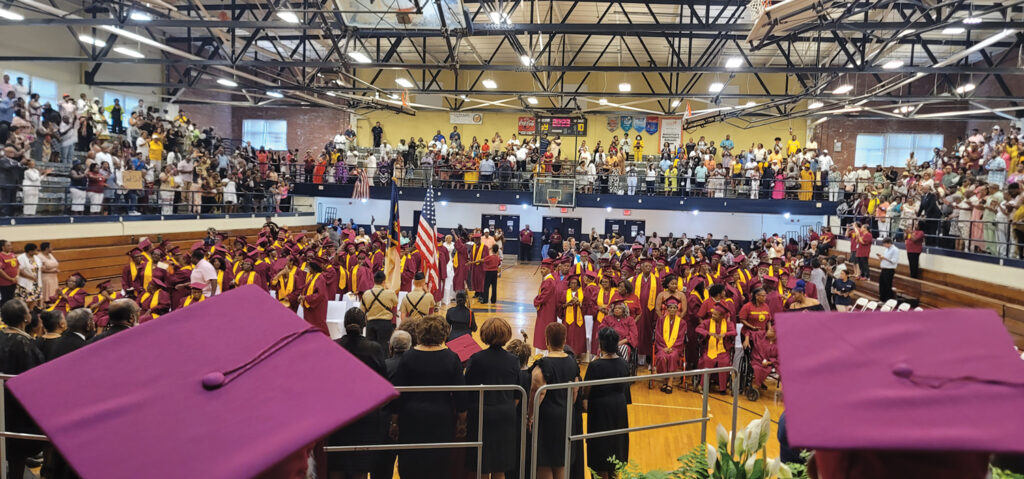
On July 1, 2023, New Hanover County Schools, the City of Wilmington, and New Hanover County Government partnered to host a legacy graduation for Williston Senior High School alumni. The event, held at the Williston Middle School Gymnasium, offered a chance for the Classes of 1969 and 1970 to participate in a ceremony denied them 50-plus years earlier when the only all-black senior high school in the county was abruptly closed under threat of federal legal action due to noncompliance with court-ordered desegregation.
After the students at Williston Senior High School on the city’s south side were dismissed in the summer of 1968, they did not return. Instead, they would go down in history as the all-black high school’s final junior class.
“We were less than, probably, 45 days from going back to school as seniors, and we wake up to find out the media is saying Williston was closing,” Jacquelyn Jackson Conyers said when interviewed by Wrightsville Beach Magazine in July 2015.
The school, built on South 7th Street by missionaries in 1866 for freed slaves, was closed by the county school board amid the city’s desegregation tempest.
Conyers’s class was divided. Students who lived north of Market Street would attend New Hanover High School. Those, like Conyers, who lived south of Market Street were sent to John T. Hoggard High School.
Her remarks express the sentiment of the displaced students.
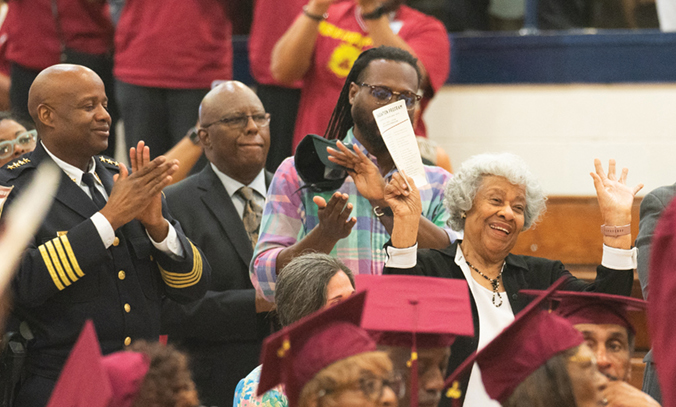
“I am a diehard Williston Tiger. The maroon you see is in my blood, and the gold you see represents how much that school shined for us,” she said. “We didn’t have a choice to say we will wear black and orange. We didn’t have a choice to say that we would wear the white and blue.”
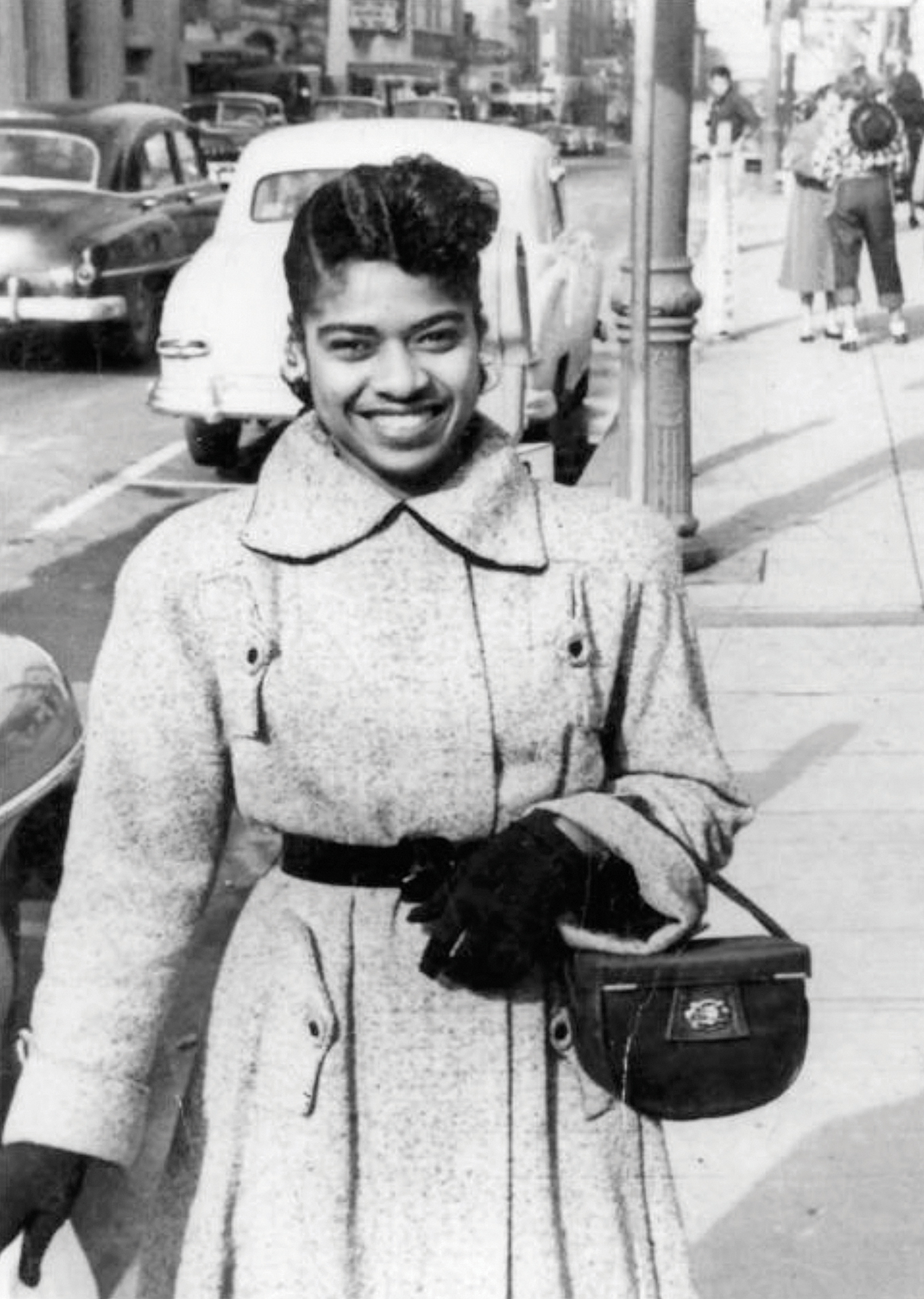
Bertha Boykin Todd shopping on Front Street during her first year living in Wilmington, 1952. Photograph from “My Restless Journey,” by Bertha Boykin Todd
Over the century since the school’s founding, these students’ brothers, sisters, parents and grandparents had graduated from Williston. Crossing Williston’s threshold as seniors was a hallowed rite of passage — one denied to Conyers and her classmates although many would go on to graduate from the school they were assigned to.
Still, they knew the loss.
However, the Williston faculty had taught their students to persevere under any circumstance.
“I knew that I could not go to college without a degree,” Conyers said. “So, I said to myself: ‘You’re going to have to weather the storm by any means necessary.’ And that’s what I did. That’s what we all did. Some of us had more of a journey than others.”
The sudden closure of the school known as “The Greatest School under the Sun” was devastating to the black community.
Administrators, faculty and students never formally came together one last time to talk about what was happening or to say their goodbyes.
“I think that is why people were in so much pain,” said Conyers. “The teachers still had to maintain a certain facade. I don’t know what kind of pressure, job-wise, they were under.”
Students revered their principal, the staff and their teachers. Many operated their own businesses, like automobile mechanics instructor Mr. McClain, who owned a garage at Thirteenth and Castle streets, later moving to Thirteenth and Dawson and finally to Dawson and Front.
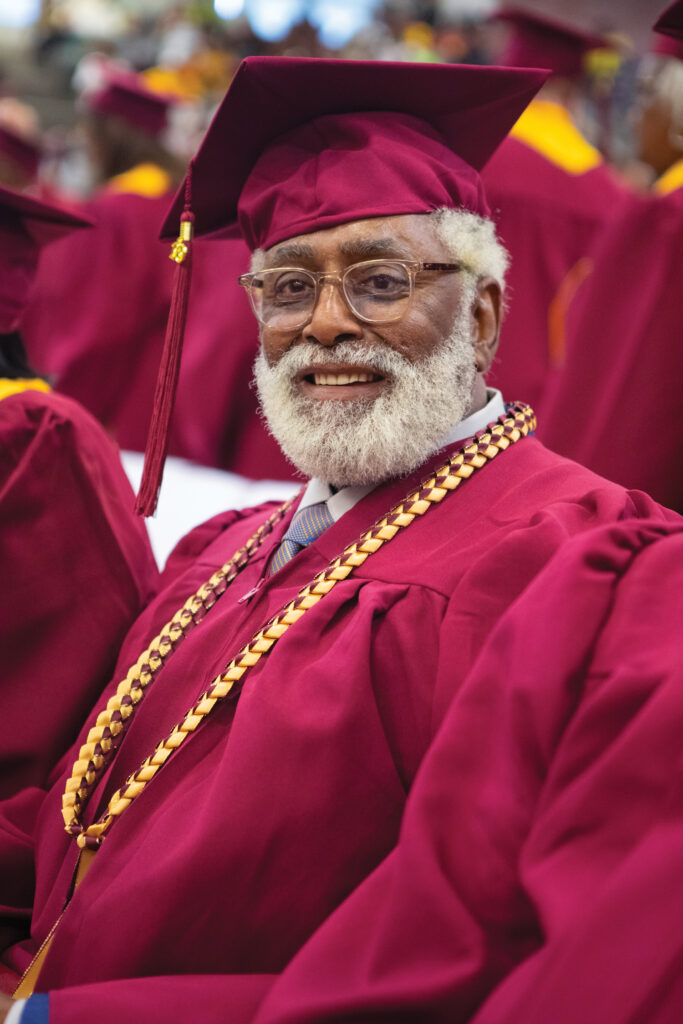
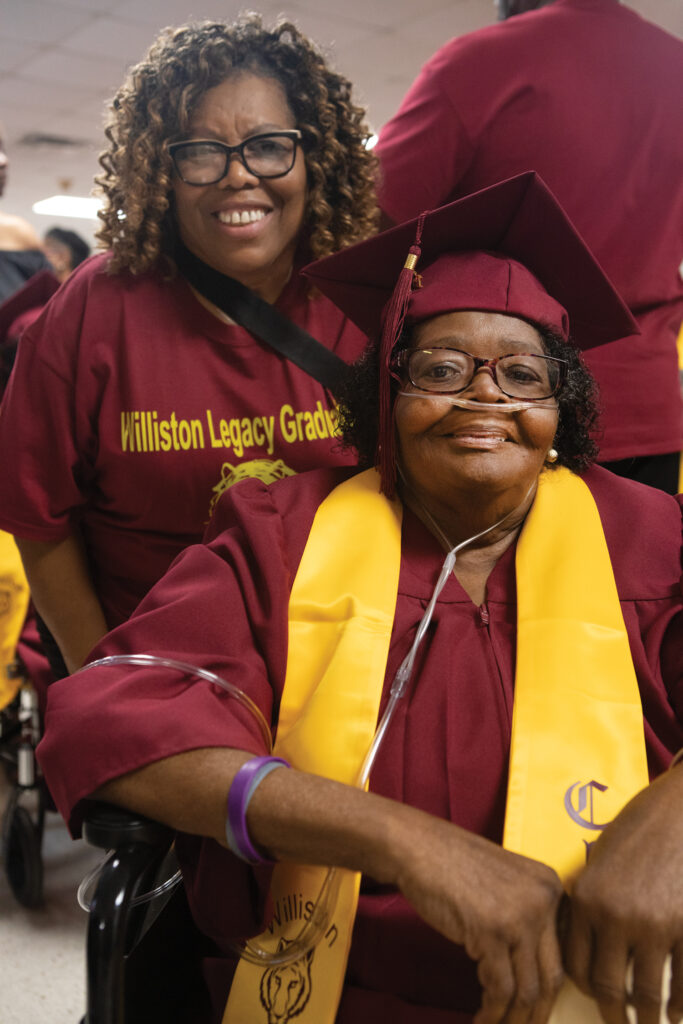
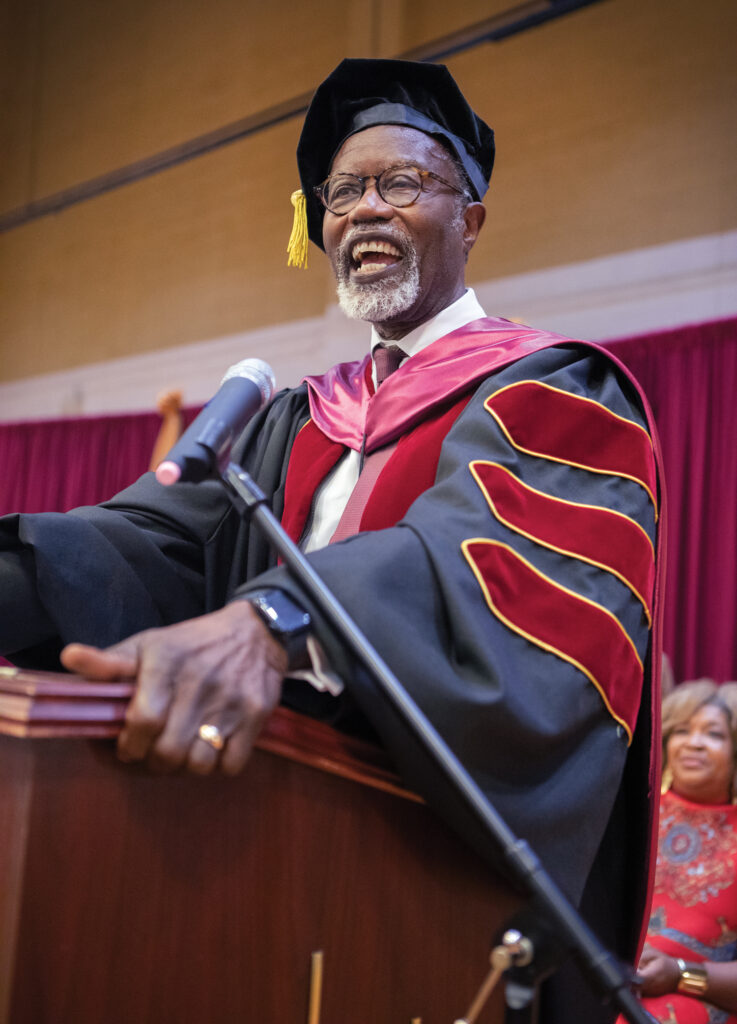
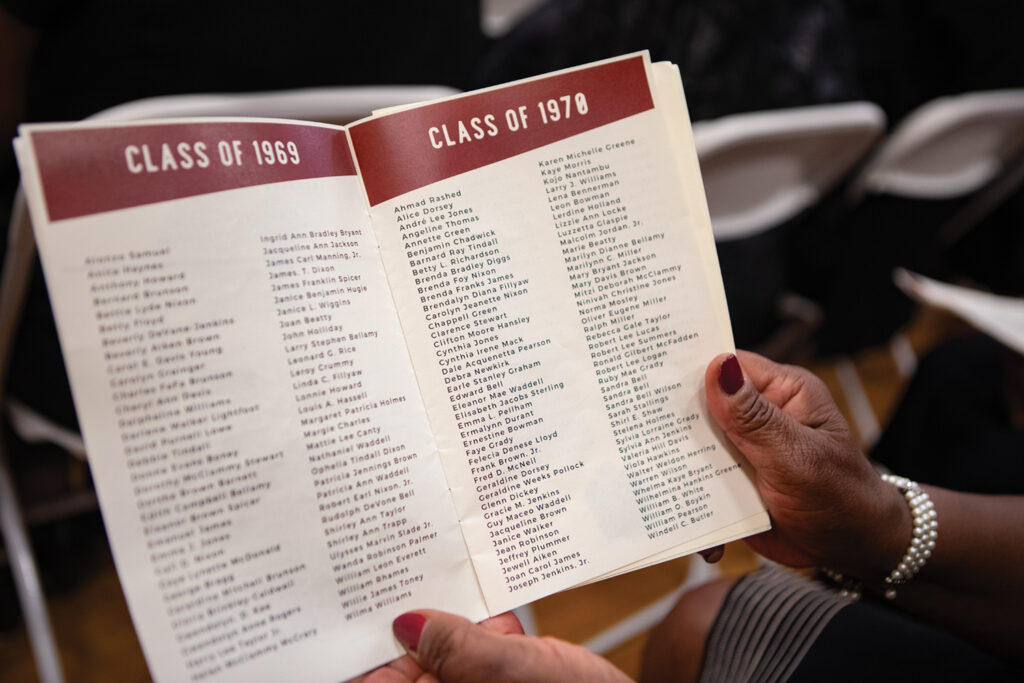
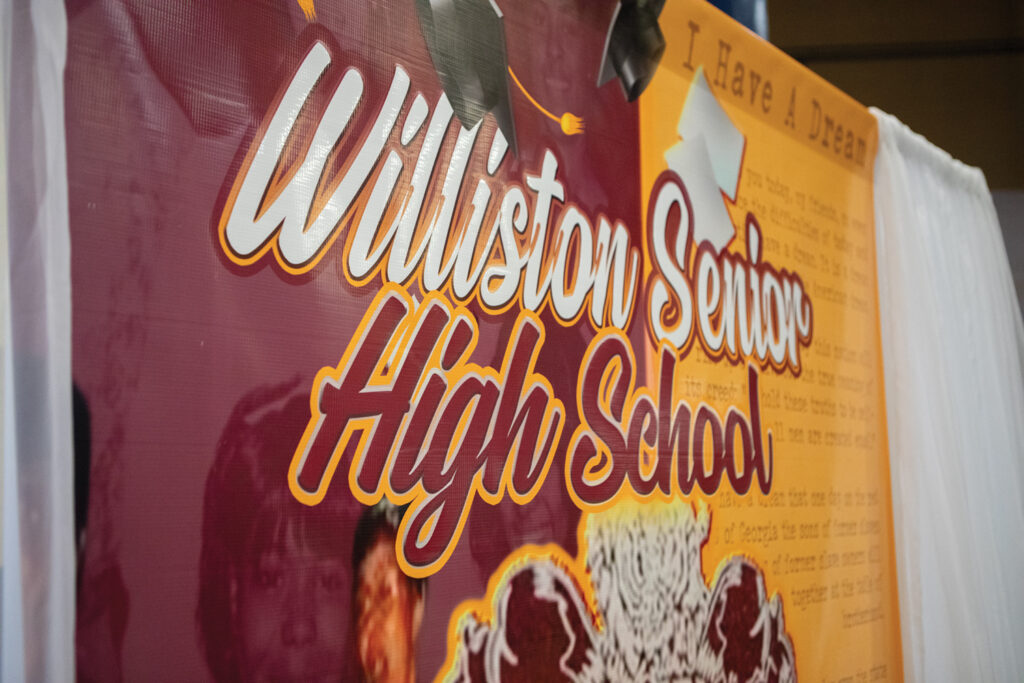
English teachers Burnett, Boykin and Williams are remembered for doing more for their students including B. Constance O’Dell the music director at Williston Senior High from 1949-’68.
Mrs. Mack, who worked in the cafeteria and was famous for her cinnamon buns; and Mrs. Bertha Todd, their librarian, who always wore lipstick, jewelry and high heels.
“She gave us a strong image of what it’s like to be a lady,” Conyers said. “That’s why to this day it’s hard for me to get too relaxed in my clothes.”
It is unusual to speak to a former Williston student who failed to mention the hope and the affirmation they received from the Williston faculty on a daily basis. Regardless of what they encountered outside of school life, whenever they came into those doors they were presented with an entirely different opinion.
Director of the Williston Alumni Community Choir Marva Robinson, Williston class of 1969, takes the story of Williston back to the city’s tragic history — the 1898 insurrection (also known as the, coup d’état and massacre) where blacks were killed and others were forced to resign from government with the reminder that “prominent people were forced out of the city … Black people were reminded to stay in their place. Williston was not only the sacred hub of education, but the cultural hub, the social hub,” says Robinson. “Everything either happened at the church or at Williston. It was our life stream. Everything we did was there. When you took Williston away, the best parts of our lives were taken away. … If you have ever known people with broken spirits, that’s what happened.”
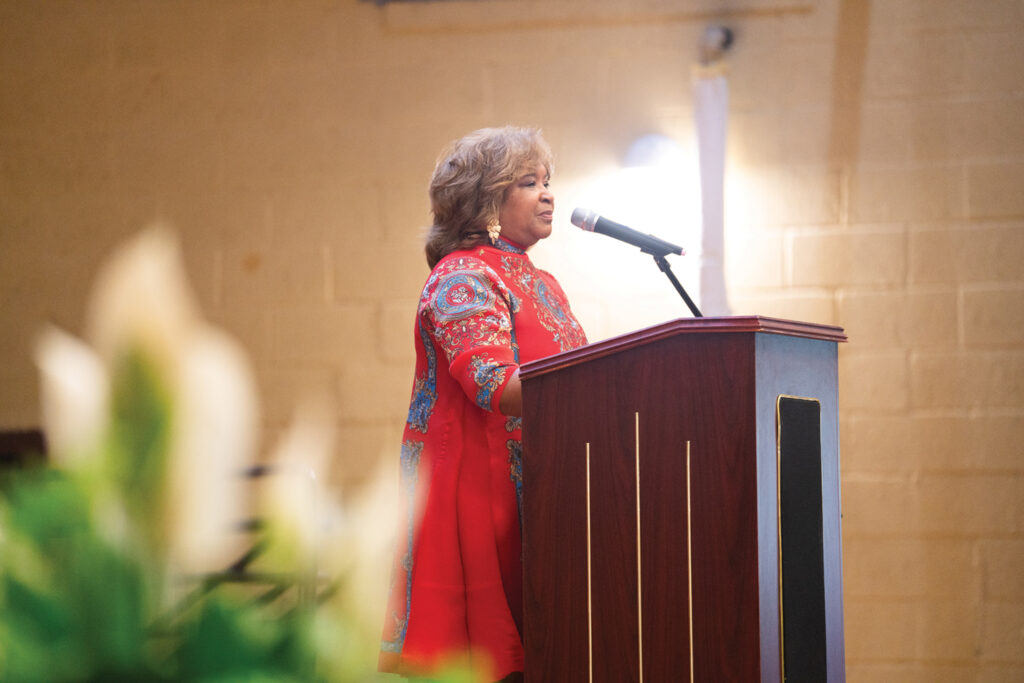
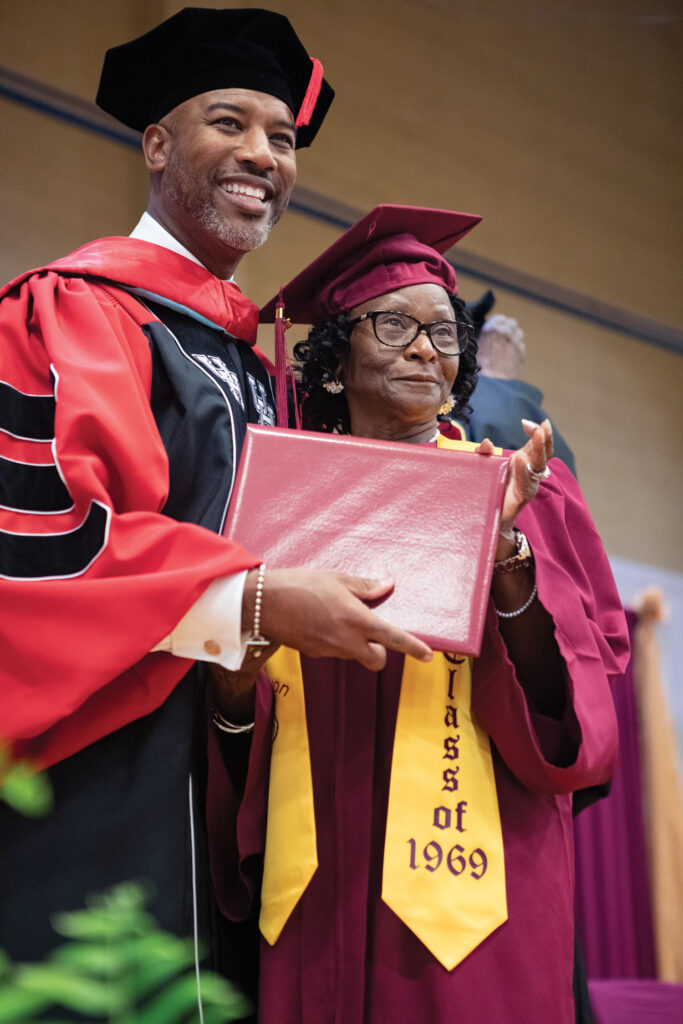
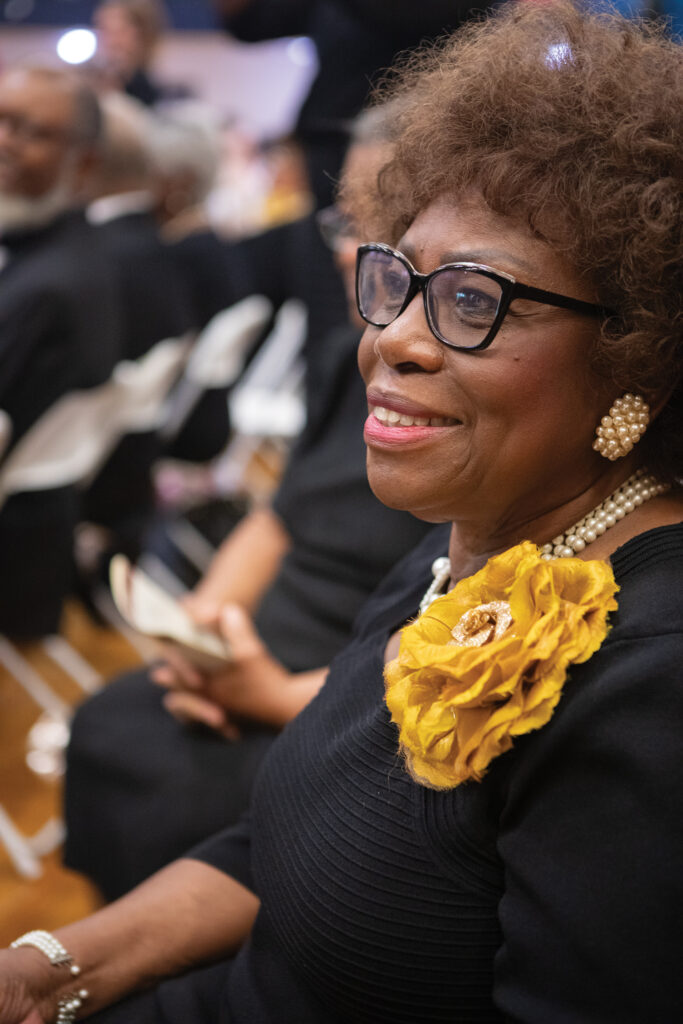
The devastatingly unfulfilled dream of walking across the stage of the Williston gymnasium to receive their diplomas became a symbol of that brokenness.
Five and a half decades later that dream reignited again. Many had not been back in that building until July 1, 2023, the legacy graduation day.
Linda Thompson, New Hanover County chief diversity and equity officer, tells the story of how this extraordinary legacy graduation came to be.
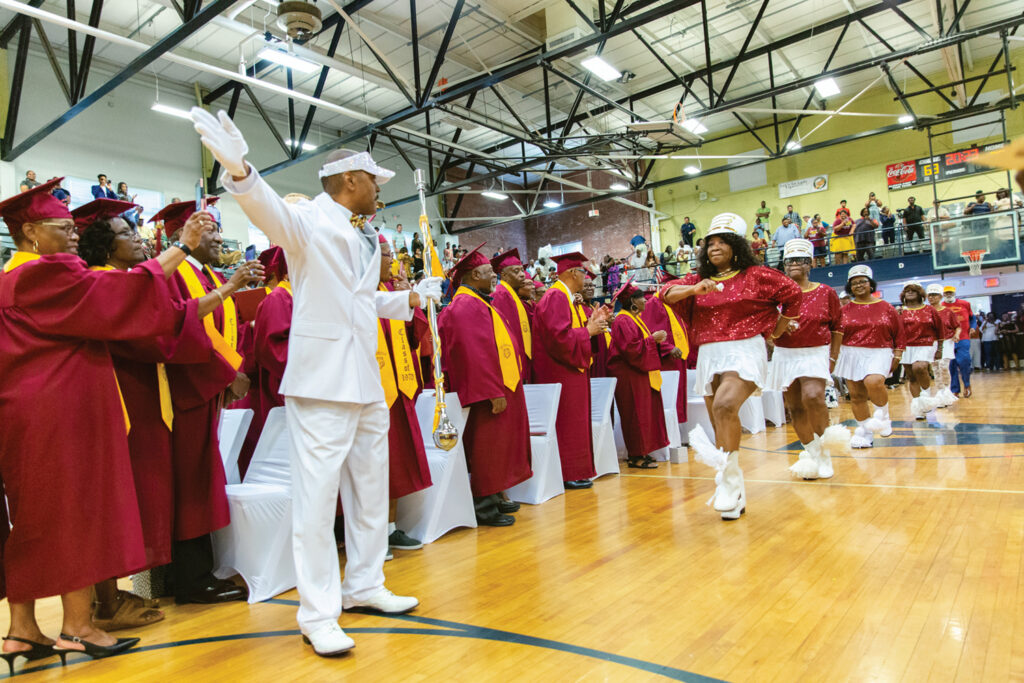
“Dr. Bertha Todd was doing a book signing at an 1898 event at our museum. Some of the class members from Williston started talking about Williston and Dr. Todd and the school’s closing. Amy Schlag from the city asked why there couldn’t be a present-day graduation at Williston? Immediately we said, ‘That’s a great idea.’ We asked Amy could we grab that idea and she said, ‘yes,’” Thompson says.
Just over seven months later that dream manifested as a joyous graduation ceremony.
“It was beautifully done,” Robinson says.
Williston Through the Years
Williston’s 137 year history began on South 7th Street in 1866 as a school founded for freed slaves by the Protestant-based, abolitionist American Missionary Association (AMA) after the Union army occupied Wilmington during the Civil War. The AMA founded 11 colleges and more than 500 schools for the freedmen of the South during and after the Civil War.
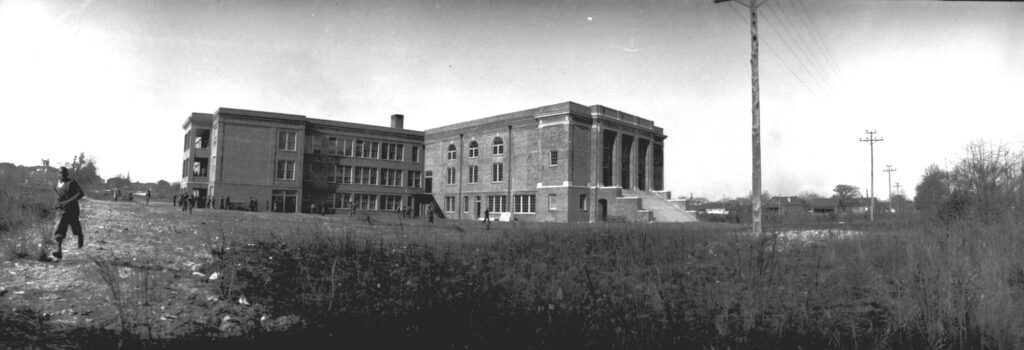
The school named for Massachusetts benefactor, and button manufacturer Samuel Williston has been known by several iterations including Williston Primary School, Williston Industrial School and Williston Industrial High School, even Williston College.
It became the city’s first public school for blacks when purchased in 1873 by the Board of Education.
The school was moved to the corner of Ann and South 10th streets in 1915. It became known as the Williston Primary and Industrial School when formal vocational curriculum was added and a larger school was constructed at 410 South 10th St.
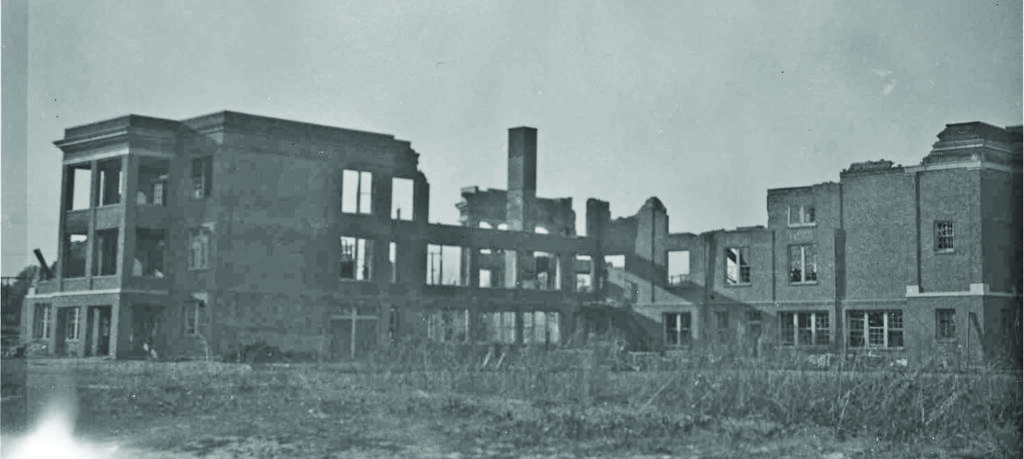
A new high school designed by Lynch & Foard Architects was built in the 300-400 block of South 10th St. It opened Jan. 16, 1931, but burned five years later.
A replacement school designed by architect Leslie N. Boney was built by contractor U.A. Underwood and opened May 24, 1938.
In 1947 a branch of the all-white Wilmington College opened at Williston Industrial High School as Williston College.
On the adjacent site, the 1938 school building became the Gregory School when the modern high school was constructed on the larger property in 1953/54. When the high school was closed by the school board in 1968 it reopened as Williston Middle School.
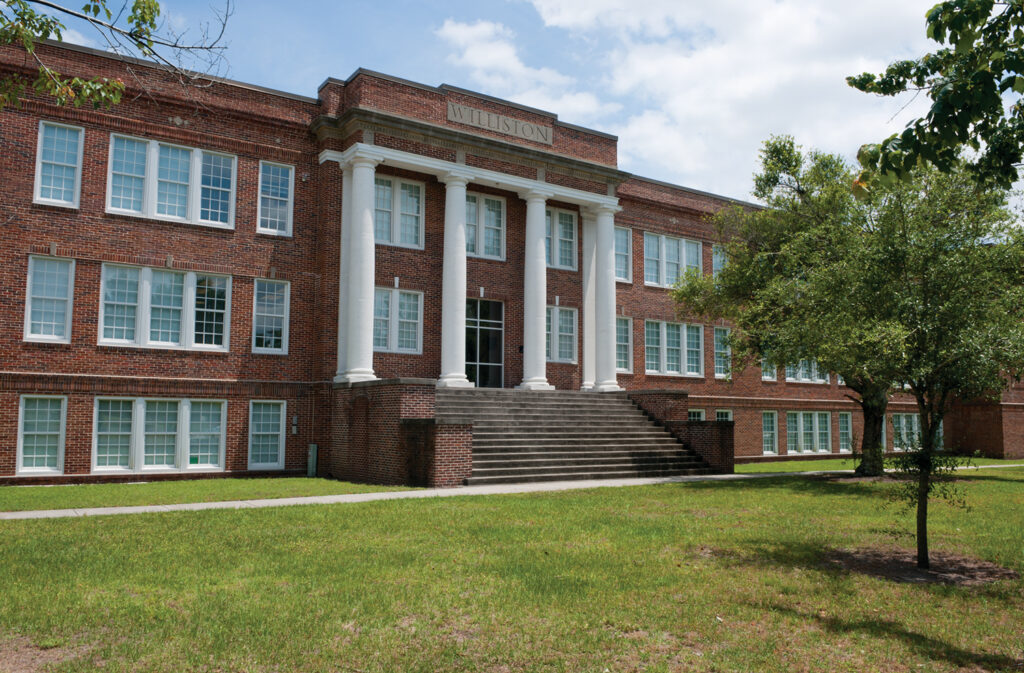
In 2009 with a bond referendum, the 1938 Williston school building began renovation and upfit. In 1993 it reopened as the Gregory School of Math, Science & Technology. In 2015-2016 the Spanish Immersion program was transferred from Forest Hills Elementary and the name was changed to the International School at Gregory.
Editor’s Note: For a more in depth look at the Williston story see Wrightsville Beach Magazine July 2015 pages 46-59.

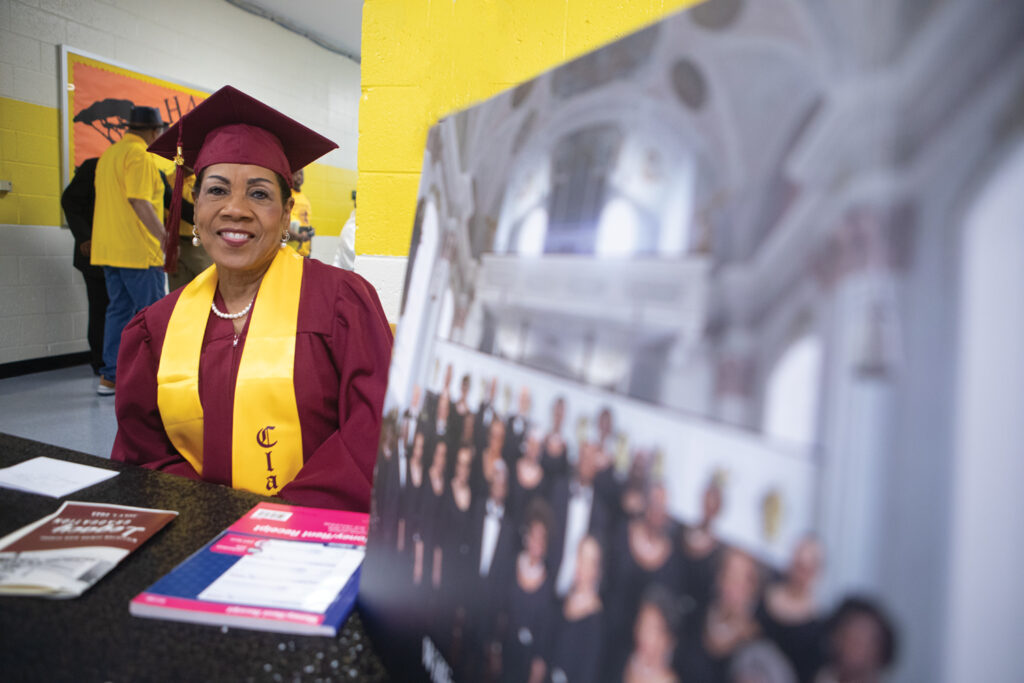
i love this school